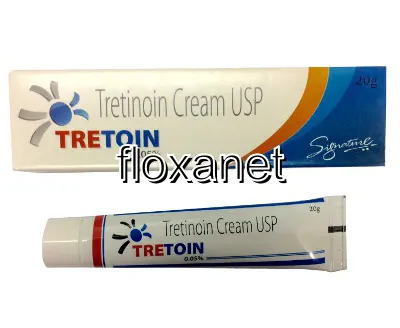Buy Tretinoin Online in New Zealand
| Package | Dosage | Price | Price per Dose | |
|---|---|---|---|---|
| Dosage: 0.1% | ||||
| 5 tube | 0.1% | NZD240.61 | NZD48.13 | |
| 4 tube | 0.1% | NZD211.74 | NZD52.94 | |
| 3 tube | 0.1% | NZD187.67 | NZD62.57 | |
| 2 tube | 0.1% | NZD139.55 | NZD69.78 | |
| 1 tube | 0.1% | NZD84.20 | NZD84.20 | |

Tretinoin Description
Understanding Tretinoin
Tretinoin, also known as all-trans retinoic acid, is a powerful medication widely used in dermatology. It is a derivative of vitamin A and plays a significant role in skin renewal processes. This substance is primarily prescribed for treating acne, reducing the appearance of fine lines, and improving overall skin texture. Its effectiveness has made it a popular choice among individuals seeking clearer, smoother skin.
How Tretinoin Works
The active compound in tretinoin works by promoting rapid cell turnover in the skin. It encourages the shedding of old, dead skin cells, which can clog pores and contribute to acne development. As new skin cells emerge more quickly, the skin appears fresher and more rejuvenated. Additionally, tretinoin stimulates collagen production, which helps in reducing fine lines and improving elasticity. These combined effects result in a more even tone and a noticeable improvement in skin texture over time.
Usage and Application
Tretinoin is usually available in topical forms such as creams, gels, or lotions. The application process should be done carefully, following a healthcare provider’s instructions. Typically, a small amount is applied once daily, preferably at night, to clean, dry skin. Users should start with a lower concentration to minimize potential irritation. It is essential to avoid applying tretinoin to broken or sensitive skin areas. Consistent use over weeks or months is necessary to observe substantial results, as skin renewal is a gradual process.
Potential Benefits
Many users find tretinoin highly beneficial for their skin concerns. Its primary advantage is its ability to treat acne effectively, often leading to clearer skin within a few weeks. Beyond acne, tretinoin can significantly enhance skin texture, reduce the appearance of wrinkles, and fade dark spots caused by sun damage or aging. Regular use can lead to a more radiant, youthful look. Some individuals also appreciate the long-term benefits, as tretinoin can help prevent future skin issues when used appropriately.
Possible Side Effects and Precautions
Like all medications, tretinoin can cause side effects. The most common include skin dryness, redness, peeling, and increased sensitivity to sunlight. These reactions are usually temporary and may diminish with continued use or by adjusting application frequency. To reduce adverse effects, it’s important to use a moisturizer and sunscreen daily. Pregnant or breastfeeding women should avoid tretinoin, as it might pose risks to the developing fetus or infant. Patients with sensitive skin or certain skin conditions should consult a healthcare professional before starting treatment.
Conclusion
Tretinoin remains a trusted solution for those seeking to improve their skin’s appearance. Its ability to promote cell turnover and collagen synthesis makes it effective against various skin concerns. However, responsible use and adherence to medical guidance are essential to maximize benefits and minimize side effects. Many individuals report noticeable improvements with consistent application, making tretinoin a valuable asset in skincare routines aimed at rejuvenation and acne management.
See Also

